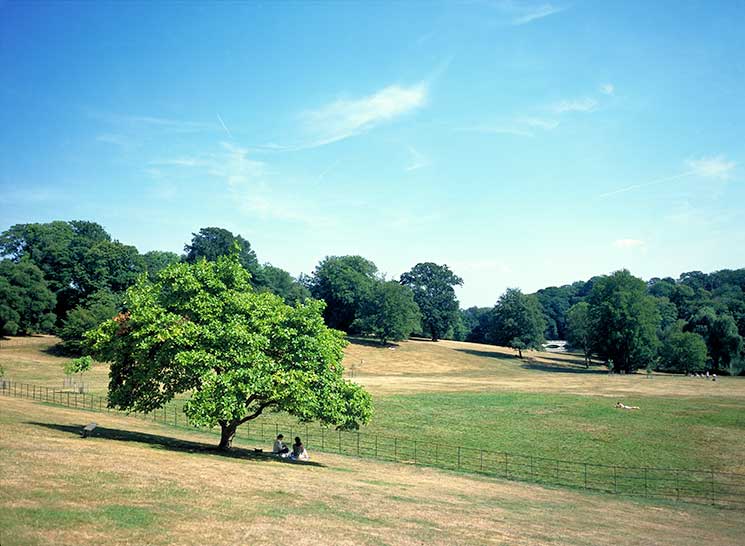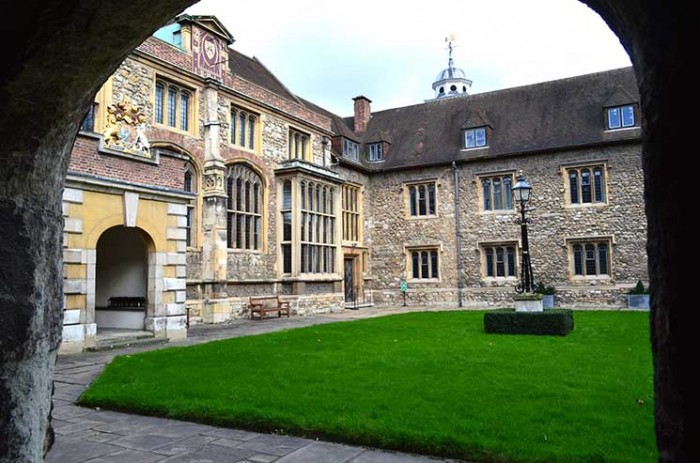How well do you know London’s historic villages?
In the new August/September issue of Discover Britain, we explore the London villages of Chelsea, Hampstead, Clerkenwell and Dulwich, which despite the growth of the super-city around them, still retain much of their original characters…
Here we explore some more fascinating facts about these city enclaves and ask: did you know?
Clerkenwell
♦Clerkenwell Green has a long history of radicalism from the Lollards in the 16th century, the Chartists in the 19th century and communists in the early 20th century. Indeed, in 1902, Lenin edited at a magazine from 37a Clerkenwell Green (now the Karl Marx museum) and it is said Lenin and a young Stalin met in the Crown and Anchor pub (now known as The Crown Tavern) on the Green.
♦A Charterhouse joined Clerkenwell’s two great religious houses in 1371. Founded by in reaction to the horrors of the black death – a plague pit there contains the remains of 50,000 victims – some medieval elements can still be seen amid architecture from its post-Reformation incarnations as Tudor manor, hospital and school. Its 16th-century almshouses are still used as a home for Charterhouse school’s old boys, making it possibly the most beautiful retirement home in London.

Hampstead
♦Constable rented houses in Hampstead over the summer until 1827 when he leased a house in Well Walk. It’s said it was while in Hampstead he studied the weather, learned how to paint the breeze and cloud formations, and regularly painted the heath. One of his earliest of the heath – Hampstead Heath, with the House Called ‘The Salt Box’ c.1819-20 – can be seen at Tate Britain.
♦Burgh House, built in 1704, was one of the first large residential houses built in Hampstead, and is now open to the public four days a week and houses the fascinating Hampstead Museum.
Chelsea
♦ Chelsea Old Church can be dated back to 1157, although there has probably ben a church on the site ever since Christianity came to Britain. Chelsea Old Church is claimed to have the most impressive array of monuments outside Westminster Abbey. The current church was rebuilt after the 13th-century church was bombed during the Second World War. Its earlier incarnation features in paintings from famous Chelsea residents James McNeill Whistler and JMW Turner. A statue of Sir Thomas More stands outside.
♦The garden of the Chelsea Manor House lie beyond the end wall of Cheyne Mews, where it’s said Mulberry trees planted by Queen Elizabeth I grows.
Dulwich
♦Architect Sir John Soane built the Picture Library, which opened its doors in 1817 as the world’s first purpose-built public art gallery. Now known as Dulwich Picture Gallery, it has one of the finest collections of Old Masters in the country.




